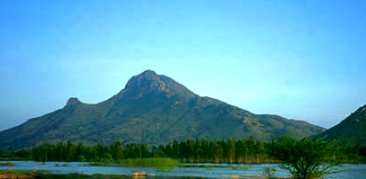'Theo' by David Eggers - a sacred mountain story

Mountains are often seen as having human form. For some years I lived beneath the Pap of Glencoe, named for its similarity to a female breast.
Well, the pert breast of a giantess perhaps. Such a being would entrance young males. 'Groups of young men gathered on the mountain called Toto-Hesker, at the level of her chest, and watched her wash herself in the waterfall; they were willing to watch her do anything. Most important to them was that a 200-foot woman had 35-foot breasts, ten-foot-tall lips, legs eighty feet high.'
Such is the giantess in Dave Eggers' story 'Theo' (in the collection The Book of Other People). The giant Theo loves this Magdalena, but has to watch her and the giant Soren, 'who by then slept side by side, unmoveable, their bodies connected in a dozen ruthless ways.'
(I love and admire the efficiency of that 'ruthless'.)
Theo, who like the other giants rose from the earth, started wandering. 'One day, while traveling west, through an ochre-colored canyon, he saw something ahead, something odd. There was a low mountain range rising from a flat tundra. It was a solitary thing, without foothills, without reason. All around was plain flat earth and so he felt himself drawn to it.'
I have long been drawn to sacred mountains (and indeed wrote a book about them), and this is a clear description of a typical one (shown in this illustration by Arunachala in Tamil Nadu, India) ... they are often pyramidal, not awesomely high, rising from a flat landscape.
'Theo' captures the essence of a sacred mountain in a magically fine way. I've introduced the story to students who don't share my view of mountains, and it evokes some sacred magic for them too. It's a modern classic of a fairy story, with some deep and tender truth as its essence.


0 Comments:
Post a Comment
Links to this post:
Create a Link
<< Home